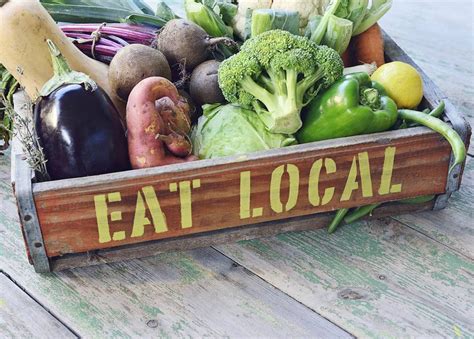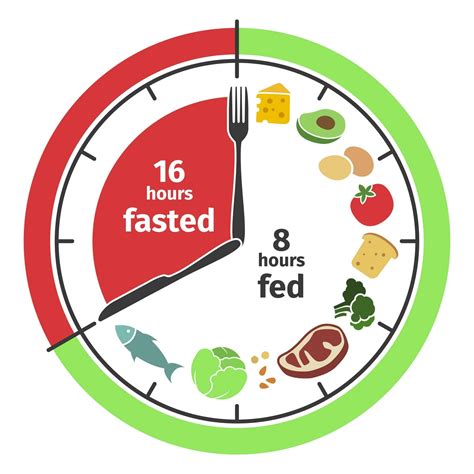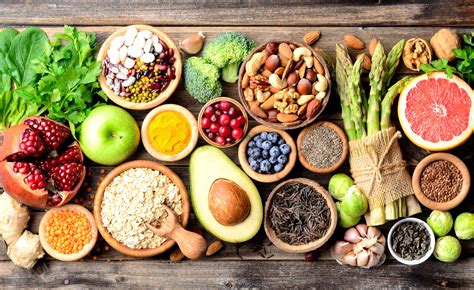Discover the origins, principles, benefits, and challenges of the locavore diet, along with helpful tips for transitioning to a locavore lifestyle.
Origins of the Locavore Diet
Contents
The Locavore Diet is a term that has gained popularity in recent years, but its origins can be traced back to the early 2000s. The concept of locavorism, or eating food that is locally produced and sourced, was first introduced by Jessica Prentice, Dede Sampson, and Sage Van Wing in 2005. They coined the term as part of a challenge to Bay Area residents to eat locally for a month, and the idea quickly spread to other communities across the United States.
The Locavore Diet is built on the principles of supporting local farmers and producers, reducing the carbon footprint of food transportation, and promoting sustainability. By prioritizing locally grown and sourced food, locavores aim to strengthen their local food systems and reduce their reliance on imported goods.
One of the key philosophies behind the Locavore Diet is the concept of food miles, which refers to the distance that food travels from the point of production to the consumer. By choosing to eat locally, locavores can significantly reduce the number of food miles associated with their meals, thereby lowering greenhouse gas emissions and supporting their local economies.
The movement towards locavorism has continued to gain momentum, with an increasing number of farmers markets, community-supported agriculture (CSA) programs, and farm-to-table restaurants promoting the consumption of locally sourced foods. The growth of the locavore movement has contributed to a greater awareness of the environmental and economic benefits of supporting local food systems.
Principles of Locavore Eating
The locavore diet is based on the principles of eating food that is locally produced and sourced, typically within a 100-mile radius of where a person lives. This diet emphasizes the consumption of fresh, seasonal produce, as well as locally raised meats, dairy, and other products. One of the main principles of locavore eating is the promotion of sustainable agriculture and the support of local farmers and producers in a community.
Another key principle of the locavore diet is the commitment to reducing the carbon footprint associated with food production and transportation. By choosing to consume food that is locally grown and sourced, individuals who follow a locavore diet aim to minimize the environmental impact of their food choices. This can have a positive effect on climate change and overall environmental sustainability.
Locavore eating also involves a focus on seasonal eating, as the diet encourages individuals to consume fruits and vegetables that are in season in their local area. This not only supports local farmers and producers, but also promotes a diet that is nutrient-dense and diverse, as individuals are encouraged to try new foods that may not be readily available year-round.
One of the underlying principles of the locavore diet is the idea of food sovereignty, which is the concept of communities having control and autonomy over their own food systems. By supporting local producers and consuming food that is locally sourced, individuals can help promote food sovereignty in their communities, which can have far-reaching social and economic impacts.
Benefits of Locavore Diet
The locavore diet is a way of eating that focuses on consuming food that is locally produced, typically within a 100-mile radius of where the consumer lives. This diet has gained popularity in recent years due to its numerous benefits.
One of the main benefits of the locavore diet is that it supports local farmers and producers. By purchasing food that is grown and produced nearby, consumers are able to support their local economy and reduce their carbon footprint by decreasing the distance their food travels from farm to table.
In addition to supporting the local economy, eating a locavore diet also means consuming food that is fresher and more nutrient-dense. Unlike produce that is shipped long distances, locally sourced food is often picked at the peak of ripeness, meaning it retains more of its nutritional value.
Another benefit of the locavore diet is the potential for consuming fewer pesticides and chemicals. Because local farmers often prioritize sustainable and organic farming practices, locavores may have access to food that is grown with fewer harmful chemicals and pesticides, leading to improved health and wellbeing.
Lastly, by choosing to eat a locavore diet, individuals have the opportunity to connect with their food in a deeper way. Knowing where their food comes from and the people who produce it fosters a sense of community and connection to the land, ultimately enhancing the overall eating experience and satisfaction.
Challenges of Locavore Lifestyle
The locavore diet is a lifestyle choice that comes with its fair share of challenges. One of the main challenges of adopting a locavore lifestyle is the limited food options available, especially in areas where locally sourced produce and goods are not readily available. This can make it difficult for individuals to adhere to the principles of locavore eating, as they may struggle to find the necessary ingredients for their meals.
Additionally, the seasonal nature of locally grown foods can present another challenge for those following a locavore diet. Certain fruits and vegetables may only be available during specific times of the year, leading to a limited variety of fresh produce options. This can make it challenging for individuals to maintain a well-rounded and balanced diet throughout the year.
Another challenge of the locavore lifestyle is the potential increase in food costs. Locally sourced, organic, and sustainable products often come with a higher price tag compared to mass-produced, non-local alternatives. This can pose a financial challenge for individuals looking to transition to a locavore diet, as they may need to allocate a larger portion of their budget to purchasing groceries.
Finally, the locavore lifestyle can also be challenging for individuals who have limited access to farmers markets, community-supported agriculture (CSA) programs, or local farms. This limitation can make it difficult for individuals to obtain the necessary ingredients and products to fully embrace a locavore lifestyle in their day-to-day lives.
Tips for Transitioning to Locavore Diet
Transitioning to a locavore diet can be a rewarding experience, but it does require some preparation and adjustments. Here are some tips to help make the transition smoother and more sustainable.
First and foremost, do your research on local farmers markets, community-supported agriculture (CSA) programs, and local food co-ops in your area. Understanding where you can source local fruits, vegetables, and other products will be essential to successfully transitioning to a locavore diet.
Next, start by incorporating one or two locally sourced meals into your weekly routine. This gradual approach can help you adjust to the changes in your diet and lifestyle without feeling overwhelmed. Experiment with new recipes and cooking techniques to make the process more enjoyable and sustainable.
Building relationships with local farmers and producers can also be incredibly beneficial. Visiting farmers markets and speaking directly with the people who grow or produce your food can provide you with a deeper connection to your local food sources and a better understanding of how your food is grown or made.
Finally, be patient with yourself and allow for flexibility in your transition to a locavore diet. It’s okay to have occasional non-local meals, especially when you’re dining out or attending social events. The important thing is to focus on making long-term, sustainable changes to your diet and to appreciate the unique flavors and qualities of local foods.












